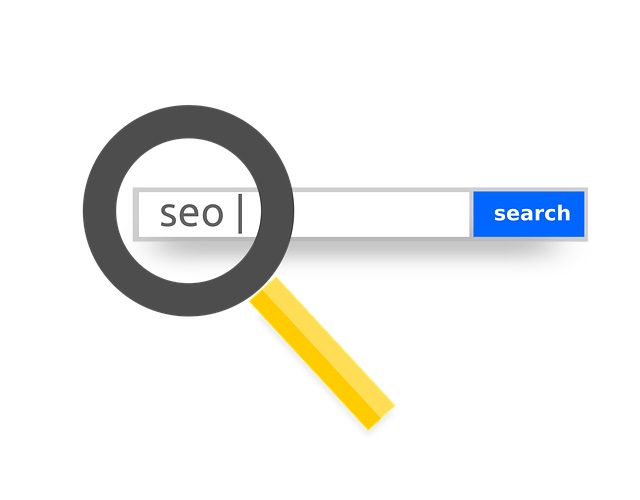
There’s no getting around it – Search Engine Optimisation (SEO) is not just for marketers any more. It’s a vital component of any website, and when it’s done well, means better quality traffic, increased conversion rates and happier visitors.
Any designer dealing with online content has the power to make or break a website when it comes to SEO. Here are a few simple rules that will improve the SEO on your sites.
Rule number 1: Put content before flashy design.
Good design champions content rather than detracting from it, and ultimately, a site’s content is what users are searching for.
To help users find what they’re looking for, create a site that’s easy to navigate. A good place to start is with the content structure or Information
Architecture (IA). Break up your site into no more than seven sections, and use the section landing pages to summarise and link to more specific content in deeper pages.
On the pages themselves, lead with a relevant H1 tag and use the first paragraph of text to summarise the rest of the page.
Rule number 2: Make the most of your keywords.
Keywords are essential for good SEO and the more relevant they are, the better they’ll perform. Stuffing your site with frequently searched for terms may or may not bump it up a notch in Google’s search results, but it will definitely increase your bounce rates when your audience fail to find what they’re looking for.
Find out what your audience is interested in, and choose your content and keywords accordingly. Take a look at relevant forums and your competitors’ sites to identify words that keep coming up, and use them (and their synonyms) in your title tag, page URL, headings and main content.
Rule number 3: Pay attention to your homepage.
Your homepage is probably the highest ranking page on your site, so it’s the perfect place to ensure web spiders find relevant information and keywords.
It should summarise the rest of the site and include target keywords and links to important pages to help people to find what they’re looking for.
Rule number 4: Ditch the splash page.
There are few things more irritating than landing at what looks like a website’s homepage, only to find that it’s nothing more than a big banner and a link saying “Click here to enter”.
A splash page is just a barrier between your visitors and the information they want to find. Get rid of it.
Rule number 5: Use a site map and internal links.
Site maps link to every page on your site, so if you want search engines to see every page, you can’t do without one. A site map also describes the structure of your website, so it’s good for usability and easy navigation too.
Likewise, links in the body content to other pages on your site can help increase each page’s findability. If you link externally, make sure you set the link to open up in a new window so you don’t take traffic away from your site.
Rule number 6: Beware of too much imagery.
Web spiders browse text, not imagery, and you can’t cheat by embedding text in a graphic or animation. Using imagery and Flash is fine, but make sure that important headings are built as text.
Rule number 7: Use alt tags and title tags.
Every image should have an alt tag that is as descriptive and relevant as possible. That way, if important keywords appear in a large design feature such as a Flash carousel or graphic, they can still be found by search engines.
Rule number 8: Use meaningful link text.
Search engines pay attention to the links on your site, so make sure they explain where the link will take the user. “Find out about using keywords” is far more useful than “Click here”. Unless you want your site to rank highly in search results for either of those two words, ditch them now.
Rule number 9: Don’t neglect the metadata.
Metadata is less important for SEO than it once was, but you still need a good description tag. The text you provide for this tag is what shows up underneath the link to your page in search engine results, so use this opportunity to explain why someone searching for your content would want to visit your site.
Rule number 10: Use friendly URLs.
Friendly URLs are good both for search engines and your human audience. They are also a great place to make the most of your keywords. Replace the default string of characters at the end of the URL with text that does what it says on the tin. For example:










